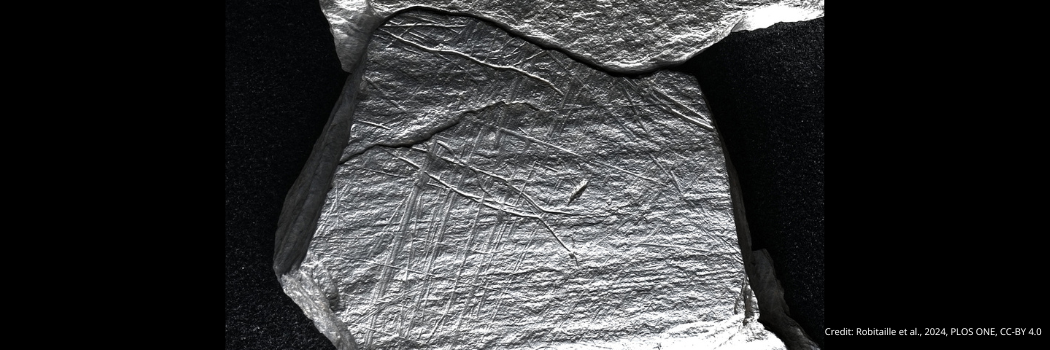
New research has revealed 15,800-year-old engravings of catching fish in traps.
The ice-age camp site of Gönnersdorf on the banks of the Rhine, Germany, has revealed a groundbreaking discovery that sheds new light on early fishing practices.
An interdisciplinary collaboration between Durham's departments of Archaeology and Psychology, the MONREPOS Archaeological Research Centre and Museum for Human Behavioural Evolution in Germany, made the discovery.
Intricate engravings
The team was researching the uses and function of art on the Gönnersdorf plaquettes in the daily lives of Ice Age hunter-gatherers.
New imaging methods allowed the researchers to see intricate engravings of fish on ancient plaquettes of schist (a metamorphic rock), accompanied by grid-like patterns that are interpreted as depictions of fishing nets or traps.
Led by MONREPOS and Durham University, this research not only deepens understanding of Palaeolithic diets, but also suggests that fishing may have held symbolic significance within the Late Upper Palaeolithic period (ca 20,000 - 14,500 years ago).
These findings expand the known repertoire of Ice Age art and offer remarkable insights into the symbolic and social practices of early hunter-gatherer societies.
Ancient artistic treasures
The ice-age camp site of Gönnersdorf on the bank of the Rhine contains some of Europe's richest ancient artistic treasures.
In addition, several hundred engravings of highly-stylised human females have made the site world-famous. It has now also given the earliest known evidence about our ancestors' methods of fishing.
The research was funded by the DFG-AHRC* joint research initiative.






